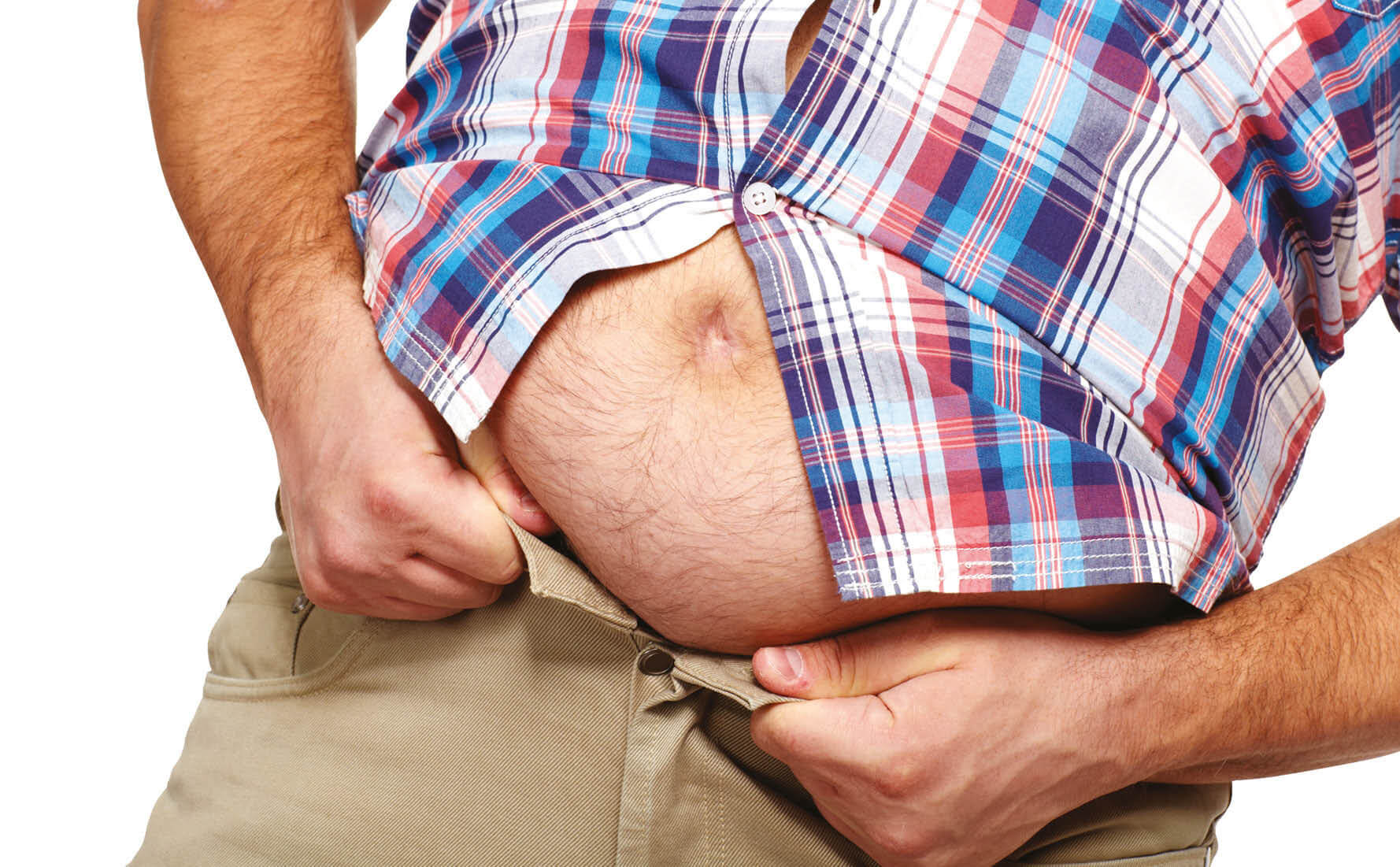Dr John Ombiga talks about his approach to weight loss through the Low Carbohydate Healthy Fat (LCHF) diet. This is usually in the context of patients referred for management of Non-Alcoholic SteatoHepatitis (NASH or Fatty Liver) and strategies to assist in obesity related reflux (which is the majority of cases in our community).
“Does this sound familiar? You’ve switched to a low-carb (LC) or keto diet for management of fatty liver disease ortype 2 diabetes and metabolic syndrome. You’d read all about the benefits others have experienced—weight loss, increased mental clarity, more energy, better digestion—and you were eager to get started.
But after a couple of days, you started to feel terrible. You began to experience the “keto flu”—fatigue, crankiness, decreased physical performance, cramping, and brain fog.
This is all too common in our patients who adopt LC or keto diets. Does that mean you should start eating more carbs? Sometimes it does. Low carb and keto diets aren’t for everyone. But other times, adding carbs back in isn’t the answer.
What can help? Electrolytes.
When you switch to an LC diet, you are probably eliminating processed foods from your diet, which contain high amounts of sodium. What’s more LC diets make the kidneys excrete electrolytes at a higher rate. This is normal and not something to be worried about, but it is important to replace these electrolytes. This means that many people who adopt LC or keto diets end up with a deficiency of electrolytes—magnesium, potassium, and especially sodium –and this is what causes the “LC/keto flu.”
Over the last 50 years, we’ve been hounded to reduce our sodium intake. Yet recent studies have shown not only that sodium restriction is ineffective in reducing the risk of cardiovascular disease, but it may even increase the risk! A 2011 study published in the Journal of the American Medical Association found that people eating two grams or less of sodium per day experienced a significantly higher risk of cardiovascular events than those eating five grams per day—which is double the amount of sodium recommended by groups like the American Heart Association. And this study was done in people following a typical diet, not LC or keto. This is even more true if you’re physically active. Vigorous exercise can lead to sodium loss (through sweat) as high as 3,500 to 7,000 mg per day!
How do you fix this problem? Drinking Gatorade or other sports drinks isn’t the answer. These products are typically high in sugar and woefully lacking in the electrolytes you need to replace.
For example, Gatorade has 29,000 mg of sugar (!), but only 230 mg of sodium, 65 mg of potassium, and 0 mg of magnesium. A simple electrolyte drink can be made with 1 scoop of Magnesium powder, ½ teaspoon of pink salt, ½ teaspoon of cream of tartar (Potassium citrate) in 600-800ml of water. Some people add a tablespoon of apple cider vinegar for taste.

